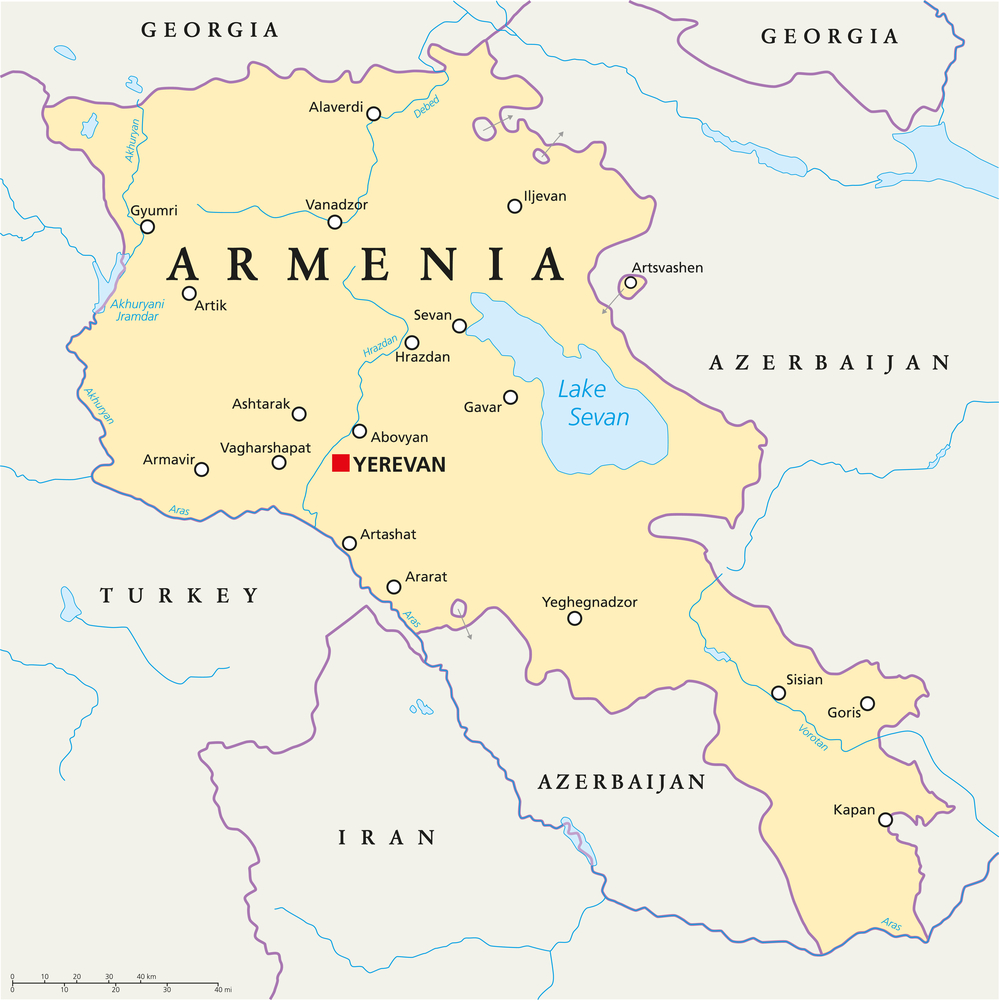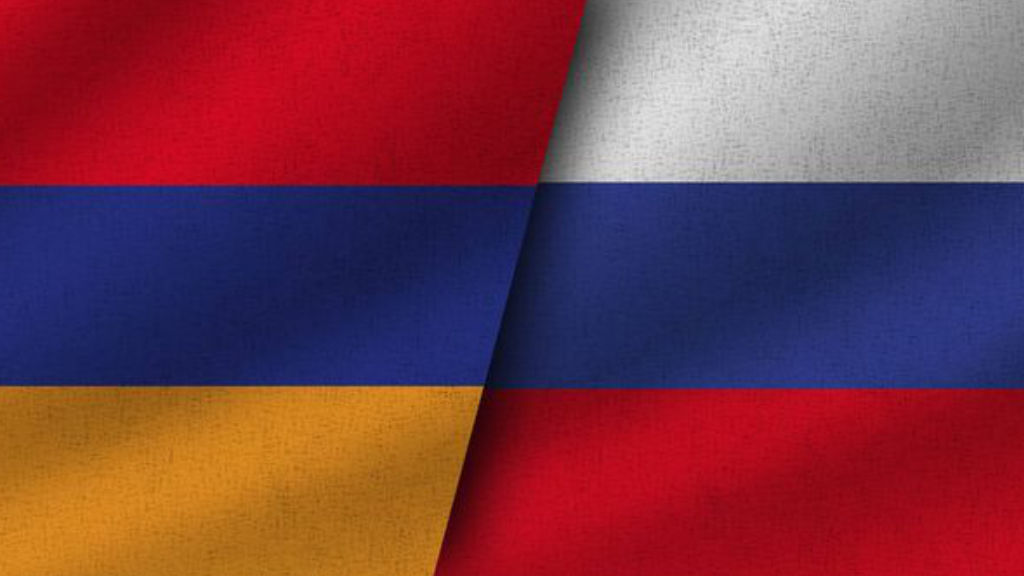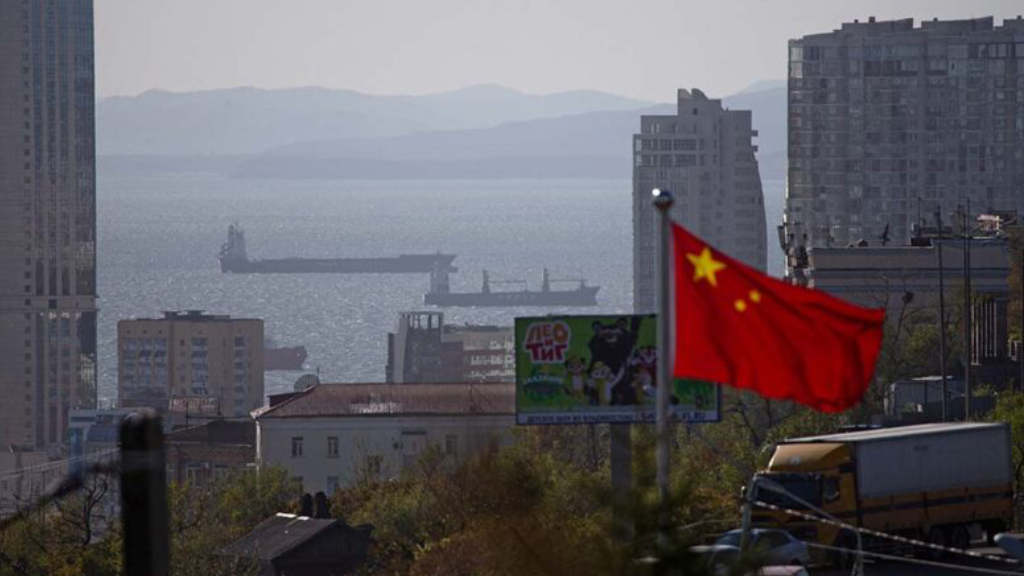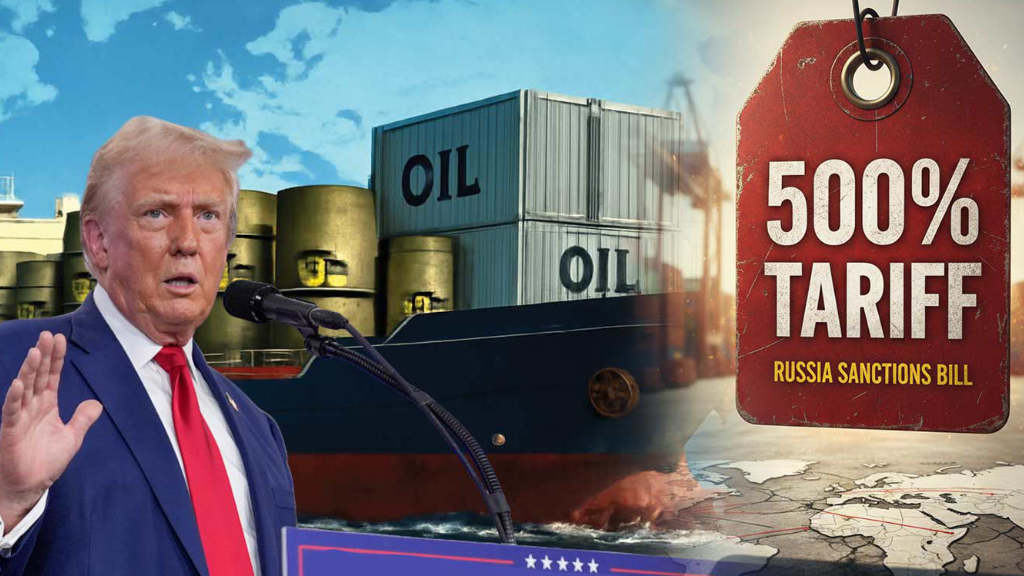The Russian President Vladimir Putin held conversations with Armenian Prime Minister Nikol Pashinyan on August 23, during which the two officials continued discussions concerning the normalization of Armenian-Azerbaijani relations, including taking into account the negotiations between Vladimir Putin and the President of Azerbaijan Ilham Aliyev during Putin’s recent state visit to Baku.
Putin confirmed the readiness of the Russian side, saying that Moscow will continue to provide assistance to Armenia and Azerbaijan in developing a peace treaty, promoting the process of delimitation and demarcation borders, as well as in unblocking transport and logistics connections.
Armenia and Azerbaijan, both members of the Commonwealth of Independent States (CIS) and important regional trading partners of Moscow, have been fighting over the disputed territory of Nagorno-Karabakh since 2020. Azerbaijan is currently in de facto control of the region, as Pashinyan and Aliyev signed a statement in Prague in October 2022 recognising the 1991 Alma-Ata Declaration, which refers to Nagorno-Karabakh as Azerbaijani territory. Azerbaijan is now in effective control of the region, which contains important transit routes for Azeri-Iranian goods flows and could be important for the development of the North-South Transport Corridor, in which Russia has a keen interest. Relations between Armenia and Russia has cooled in recent years, however positive dynamics were especially noted in the mutual exchange of views on the Russia-Armenia bilateral agenda trade and economic interaction.

As Russia reorients its foreign trade from its previous close ties with the European Union, Armenia is benefitting in acting as convenient third party for re-export. Armenia also features as a major destination where Russians have been relocating in their thousands and creating businesses of varying sizes. All trends and various official estimates indicate that growth in bilateral commerce and investments is continuing especially given the fact that Russia’s estrangement from the collective West will remain in place for the foreseeable future. However, the EU and United States have also been pressurizing Yerevan and have been threatening sanctions, while also offering some trade incentives. Reactions have been mixed. Armenia has declined to participate in the Collective Security Treaty Organization (CSTO), a Russia-led regional security bloc, while bilateral trade with Russia has increased.
Trade
In 2023 trade between Armenia and Russia reached a record figure of over US$7 billion, up from US$5.3 billion in 2022. Armenia’s imports from Russia grew to reach over US$3 billion, while Armenian exports have grown from about US$850 million to US$4 billion, with much of this growth third party transit goods from Europe to Russia. But this is not solely associated with Armenia’s growing re-export capacity. The withdrawal of Western companies from the Russian market made it possible for Armenian suppliers to expand their businesses across Russia.
Armenia’s re-export capabilities have proved significant in supplying Russian consumers with products and brands no longer sold directly in Russia and are well reflected in the changing structure of bilateral trade. Prior to 2022, Armenia exported mainly agricultural products, raw resources, and a limited amount of technologies, however since the closure of European Union trade with Russia, the situation has drastically changed.
For example, the exports of mechanical and electronic equipment from Armenia increased from about US$60 million in 2021 to US$1 billion in 2023. A significant part of this re-export was sent to Russia and to a lesser extent Belarus, a similarly sanctioned market. This is causing frictions between Armenia and the collective West. Pressure has come from the United States and the EU to curb the re-export of sensitive products which could be used for other purposes than civil consumerism. To tighten controls, Yerevan announced that Armenian exporters would be required to obtain government permission for exporting microchips and other technology items to Russia, meaning Yerevan finds itself in an awkward position: it doesn’t want to jeopardise ties with the United States or European Union, and certainly doesn’t wish to face secondary sanctions. Yet Russia is its largest trade partner.
According to Trend Economy, Russia accounts for 40% of all Armenian exports and 32% of all its imports. In contrast, the EU accounts for just over 6% of all Armenian exports, with the United States buying minimal quantities of Armenian goods. In terms of sales to Armenia, the EU holds a 9% share of Armenian total imports and the United States about 5%.
Armenia is also, along with Russia, a member of the Eurasian Economic Union (EAEU) which also helps facilitate trade between the two countries.
Armenia’s Conundrum
Pashinyan is having to tread a difficult path and needs to be seen to be actively reducing its dependence on Russia. Pashinyan and Putin have thus far refrained from personal criticism of one another, and when they meet, they still speak of partnership. Other Russian officials have been more blunt. Some have warned Armenia of the consequences of taking “unfriendly” steps toward Russia. Deputy Foreign Minister Mikhail Galuzin has blamed the West for trying to manipulate Armenia, stating “No kind of West can replace us.”
Western officials have reciprocated. In March 2024, the European Parliament welcomed the idea of Armenia seeking candidate status for the European Union. On April 5, 2024, a high-level meeting in Brussels attended by Pashinyan, European Commission President Ursula von der Leyen, EU High Representative Josep Borrell, and U.S Secretary of State Antony Blinken delivered a message of political support to Armenia and pledged extra financial assistance: the EU promised an additional €270 million over four years, and the United States US$65 million. In a June 2024 visit to Yerevan, US assistant secretary of state James O’ Brien promised Armenia an enhanced strategic relationship.
There are questions over how much substance there is behind the messages of political support. Reacting to the April 5 meeting, opposition politician Levon Zurabyan commented: “We need to assess very soberly the capacity and desire of the West to help us.”
The additional assistance announced in Brussels was still less than the amounts of aid provided to other Eastern European countries—and even to Armenia itself in previous years. In 2023, for example, the United States provided US$87 million to Armenia, US$135 million to Georgia, US$265 million to Moldova, and a massive US$17 billion to Ukraine.
Armenia’s neighbors, meanwhile, are broadcasting the message that the West is not seriously committed. Following the April meeting in Brussels, Azerbaijan, Iran, Russia, and Türkiye issued almost identical statements deploring a “geopolitical confrontation” by the West, by which they meant new Western shows of support for Armenia. They have launched a regional “3+3” platform that seeks to enhance the role of regional players and reduce that of international actors and multilateral organizations—a project Armenia was reluctant to join.
Trade support however remains the real key. Landlocked Armenia is very reliant on Russian imports, including vital food products. A 2024 World Bank report notes, “Russia accounted for 98% of Armenia’s imports of wheat, wheat flour, sunflower seed oil, and other cereals; almost 35% of all agrifood imports; and 39% of poultry in 2021. Russia also accounts for more than 50% of imports of Armenian bread, pasta, bulgur, and pastries. In addition, Russia is Armenia’s primary source of fertilizers (38%), a vital component for domestic food production.
An International Energy Agency report from 2022 notes that 85% of Armenia’s gas is imported from Russia, and gas is also needed to power thermal plants, stating that “Armenia therefore effectively relies on fuel imports from Russia to produce nearly 70% of its electricity.”
These are significant numbers. Yet with the West offering rather limited financial support – and certainly not enough to wean Armenia off its Russian connectivity, any alternative looks highly unlikely. That Western influence will only decrease when technologies, such as digital currencies to undermine the importance of being linked to the West’s SWIFT payment system become a reality. Armenia is still partially dependent on overseas remittances (US$5.7 billion in 2023) being sent back home and does not wish to endanger that income. But looking realistically ahead, Armenia is far more likely, longer term to remain in Russia’s, rather than the West’s, geopolitical orbit.
Further Reading





